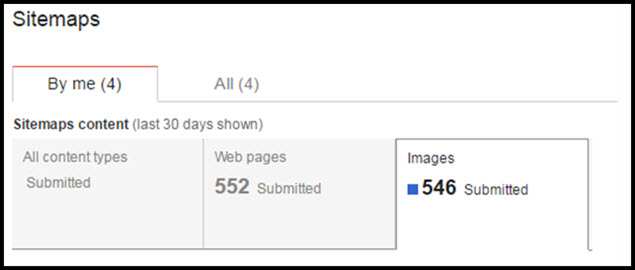SEO – Using Image Sitemaps
Maximize the SEO Leverage of Your Image Content
Create and Submit an Image Sitemap

Google maintains a large image search index. Moreover, it is always interested in discovering more great image content. If your site is rich in images, especially original content, your goal is to get as many of your images indexed as possible. This helps search position. You therefore, need to create an image sitemap.
Moreover, you can increase the SEO value of your image content by submitting an XML Image Sitemap to the major search engines. This prompts them to visit your site, find your images and index them. This boosts the SEO value of your image content.
Image Sitemaps Best Case for Indexing
The image sitemap is a is valuable addition to the standard XML Sitemaps such as page and post sitemaps. You can publish your image information in a sitemap designed for search engines using the XML Sitemap format. This dedicated image sitemap can then be submitted to Google and Bing, for example, via their respective Search Consoles.
Example of Image Site Map Use
Imagine you are the owner of a B&B in Woodstock, Vermont. You have a nice website with a great deal of local content. A part of this local content is a large collection of images which reside on your content pages, in photo galleries and in blog posts. These images – as a collection – are concentrated and focused on visual aspects of the Woodstock, Vermont area. These images are an important and appealing part of your website – valuable and delightful content.
Moreover, your images have been search engine optimized. They represent a significant amount of optimized content with search phrases all related to the Woodstock area. These images send a clear message to the search engines that you have depth and variety of content on Woodstock, Vermont. This is a considerable search engine advantage versus other B&B websites of the area. These competing B&B websites have less image content or image content that is not as well optimized. You want to fully leverage this advantage. You, therefore, need to submit an image sitemap to Google and the other major search engines. Your objective is not just to have your images indexed. You also want to demonstrate to the search engines that you have considerable depth and variety of content on the topic of Woodstock, Vermont. You want to be rewarded with higher search position.
To create and submit an image sitemap is a powerful step to take. This action will help to boost your position in search for search queries related to Woodstock, Vermont.
Example – Images Submitted
Below is an example of how Google will report back to you once you create and submit your image sitemap.

To include your site’s images in an Image Sitemap will help define the most important images on your site to Google. Google does not promise to index all of the images you list in the sitemap. Google does not promise to include all of the extra metadata you optionally provide. However, Google is more likely to do so if you provide these data in a dedicated image sitemap. They will certainly prioritize indexing the images noted in an image sitemap over those not listed in your sitemap.
To submit an image sitemap also enables you to better leverage all the search engine optimization that you do for your images. If your images have file names, for example, that are on your niche-focused content then an image sitemap enables Google to ‘see‘ – even more clearly – the concentration of niche-focused content of your site.
Even if you choose not to publish an image sitemap, you should review Google’s image publishing guidelines to optimize image indexation for your site. However, my recommendation is to do the best possible job. Ensure that Google fully understands the depth and variety of content you have worked hard to place on your site. If your images have been properly optimized for your niche topic, then use this to your advantage. Create and submit an image sitemap to Google and the other major search engines.
